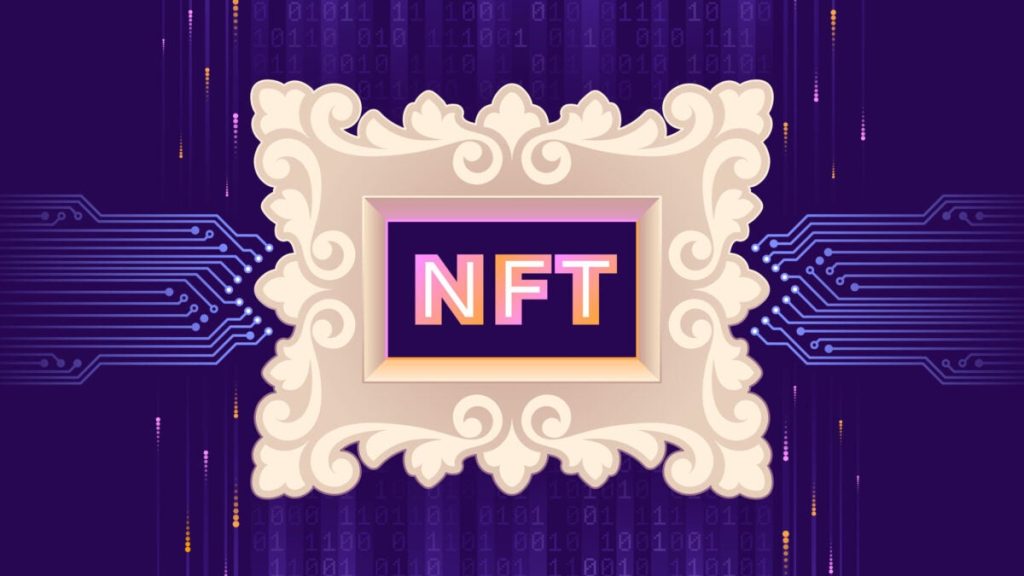
Although non-fungible tokens (NFTs) have been around for several years now, there are still several myths about them. This article debunks ten common myths about NFTs that many people still believe to be true in 2022.
NFTs Are a Type of Cryptocurrency
NFTs are often discussed alongside cryptocurrencies. While both assets rely on blockchain technology, there is a notable difference between the two assets – fungibility.
NFTs are unique and cannot be traded for another item with equal value. On the other hand, cryptocurrencies are fungible. They can be traded or exchanged for an identical item of equivalent value. For instance, one bitcoin can be traded for another bitcoin.
NFTs are a Scam
Some people strongly believe NFTs are scams. While con artists can use NFTs to swindle people, several other technologies can be used to defraud people on the internet. For instance, con artists have used email phishing scams to defraud people long before the existence of NFTs.
NFTs Are an Easy Way to Get Rich Quick
Some NFTs have been sold for millions of dollars. This has led many people to believe they are a get-rich-quick scheme. However, this isn’t true. While some NFTs have been sold for millions, most sell for a modest amount. Plus, many individuals who have sold their NFTs for colossal sums of money already had a large fanbase and recognition in their industry.
NFTS Are Dangerous to the Environment
The Ethereum blockchain performs most NFT transactions. Ethereum uses an energy-intensive Proof of Work (PoW) model to mint NFTs and process transactions. Fortunately, despite being the dominant blockchain for NFTs, Ethereum accounts for a small percentage of NFT transactions. Plus, Ethereum and many other blockchains are moving away from the PoW model in favour of the more energy-efficient Proof of Stake (PoS) model.
NFTs are Complicated
NFTs may sound pretty difficult to understand. Simply put, they are a way to prove authentic ownership of a digital asset, similar to how a property deed proves ownership of a house.
NFTs are Limited to Artwork
Many people think NFTs are limited to works of art, like photos, music, and videos. However, numerous other digital assets can be made into NFTs, like real estate and non-digital collectables, like event tickets.
NFTs are Worthless
Before NFTs came into being, it wasn’t easy to prove ownership of digital assets. Using blockchain technology, NFTs can prove ownership of digital assets. This makes them incredibly valuable.
NFTs are Used for Money Laundering
Some people believe cryptocurrencies are primarily used for money laundering. Since NFTs are closely associated with cryptocurrencies, people believe they are also used for money laundering. While crypto provides anonymity to money launderers, it leaves a permanent trail, making it difficult to launder compared to cash.
NFTs Give the Buyer Ownership of an Asset
After purchasing an NFT, the buyer doesn’t automatically assume ownership of the digital asset. Generally, the intellectual property rights (IPR) remain with the seller. However, terms may vary depending on the sale contract.
NFTs Can Be Exploited in Any Way Once Bought
When buyers purchase an NFT, they don’t always get the right to exploit the asset as they wish. The rights usually depend on the contract governing the terms of sale of the NFT. For instance, a buyer may get the right to display a digital asset but not sell or reproduce it. However, this may vary depending on the terms of the sale contract.


